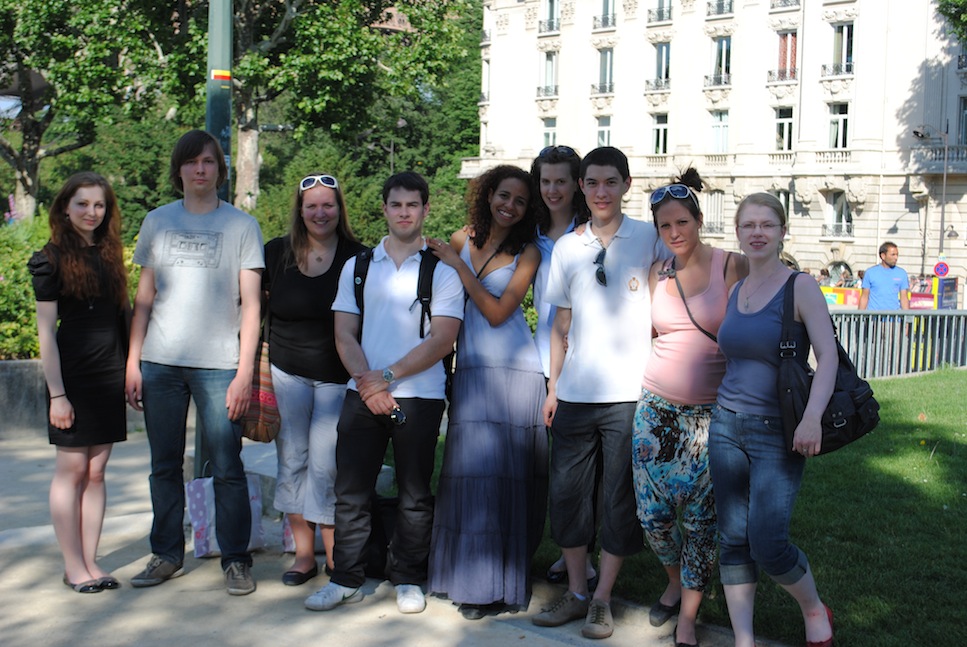Team:DTU-Denmark
From 2010.igem.org
(Difference between revisions)
| Line 1: | Line 1: | ||
| + | {| style="color:#1b2c8a;background-color:#0c6;" cellpadding="3" cellspacing="1" border="1" bordercolor="#fff" width="62%" align="center" | ||
| + | !align="center"|[[Team:DTU-Denmark|Home]] | ||
| + | !align="center"|[[Team:DTU-Denmark/Team|Team]] | ||
| + | !align="center"|[https://igem.org/Team.cgi?year=2010&team_name=DTU-Denmark Official Team Profile] | ||
| + | !align="center"|[[Team:DTU-Denmark/Project|Project]] | ||
| + | !align="center"|[[Team:DTU-Denmark/Parts|Parts Submitted to the Registry]] | ||
| + | !align="center"|[[Team:DTU-Denmark/Modeling|Modeling]] | ||
| + | !align="center"|[[Team:DTU-Denmark/Notebook|Notebook]] | ||
| + | !align="center"|[[Team:DTU-Denmark/Safety|Safety]] | ||
| + | |} | ||
{|align="justify" | {|align="justify" | ||
| Line 7: | Line 17: | ||
|[[Image:DTU-Denmark_logo.png|70px|center]] | |[[Image:DTU-Denmark_logo.png|70px|center]] | ||
| - | |[[Image: | + | |[[Image:DTU_paris.jpg|200px|right|Team DTU (minus Malthe)]] |
|- | |- | ||
| - | |||
| - | |||
|} | |} | ||
<!--- The Mission, Experiments ---> | <!--- The Mission, Experiments ---> | ||
| - | |||
| - | |||
| - | |||
| - | |||
| - | |||
| - | |||
| - | |||
| - | |||
| - | |||
| - | |||
| - | |||
Revision as of 07:28, 11 August 2010
| Home | Team | Official Team Profile | Project | Parts Submitted to the Registry | Modeling | Notebook | Safety |
|---|
 "
"
